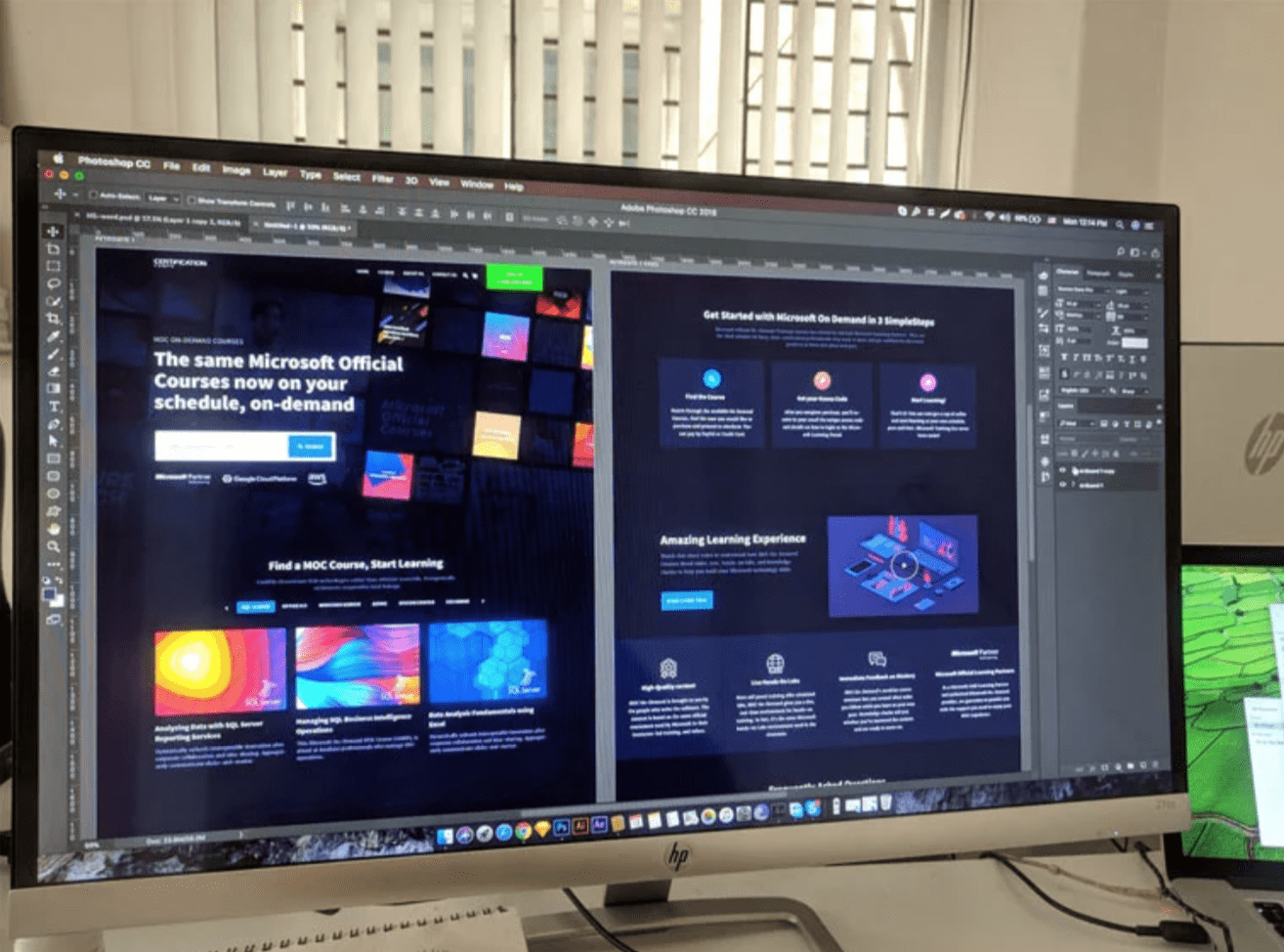In the last decade, smartphones have become ubiquitous, indispensable, and overall a very significant part of our lives. Mobile-first is now the primary paradigm in product design: more users spend more time on smartphones than on any other device. It’s no surprise that digital product companies decide to focus most of their resources on mobile users and their needs. But to keep up with the competition, you have to be aware of the ever-changing landscape of mobile app design. Here is an essential list of changes you should keep in mind when designing a new app or updating an old one in 2020.
Big, Bezel-Less, Round-Edged Screens Become Standard
Contents [show]
The most significant change in mobile UX of the last 2-4 years are large screens and more recently (almost) bezel-less models. This development leads to more information fitting on one screen, bolder content inside apps, navigational elements moving to the bottom, and more layered details.
Another trend is the “rounding” of app design. Due to most phones, especially premium ones like iPhone X, Google Pixel, and Samsung Galaxy 10 having round edges and OS UI, mobile apps have shifted to slick corners and a generally softer feel.
Gestures Replace Buttons
Big screens and the disappearance of home buttons also resulted in gesture-first navigation instead of button-first on both iOS and Android. Now every user of a new mid-range to high-end phone is accustomed to it, and you can implement it in your app with proper onboarding without fearing that users will be disoriented. It will allow you to create a bolder look and fit more content on one screen.
Passwordless UX
Rapid Face ID is now standard in high-end phones. One can expect it to become ubiquitous in cheaper models in the next two years. Apart from the ease of unlocking your phone just by glancing at it, Face ID technology also offers a switch to passwordless experience with your device. According to research by Mastercard and Oxford University, users don’t finish around 30% of purchases at online stores because customers have forgotten their password. Face ID solves this problem without the need for password managers, and one can expect more and more developers and UX design agencies to implement this cool feature in their app to get an edge on competitors.
Content-Dominated Interfaces
Bit screens mean more content. Apps are fighting for attention day and night, and within those apps, tiny bits of content are also screaming for our attention. Companies are making the UI as minimal as possible to increase engagement, to give way to the leading player.
Flawless Micro-Interactions and Animation (5G)
Faster processors, stable 4G, and spreading 5G lead to instant loading screens. Creative loaders that spark interest in users while they wait for the app to load are, therefore, slowly becoming obsolete. You might consider avoiding spending time on it if you create an app from scratch in 2020.
Animation and micro-interactions, in general, are also becoming instant. You can now experiment with complex scenarios and sequences with no fear of slowing down the device and causing frustration.
AR Design
2019 has been a year of novel implementations of AR technology. If two years ago, it required significant investments and a lot of working hours of coding, today with the advent of ARKit 2 by Apple and ARCore by Google it has become more mainstream and accessible to the less investment-heavy public. New apps appear every month that utilize the possibilities of AR, especially in e-commerce. There are also apps with social elements (for example, check Sloy).
AI Assistants and Voice User Interfaces (VUI)
By 2019 AI assistants have become a part of everyday routine for many of us. Apple, Google, Amazon, and Microsoft have deepened the integration of their software with other services during the year, and this is going to become even more profound.
Amazon and Google have made a push into the uncharted territory of sub-$50 devices, which will surely attract a much broader customer base.
Outro
To sum up, 2020 will be about frictionless interactions, giving more space to content and making things more comfortable with voice, AI, and AR. It’s going to be an exciting year for those who want to experiment with new features and novel applications for existing technologies.


